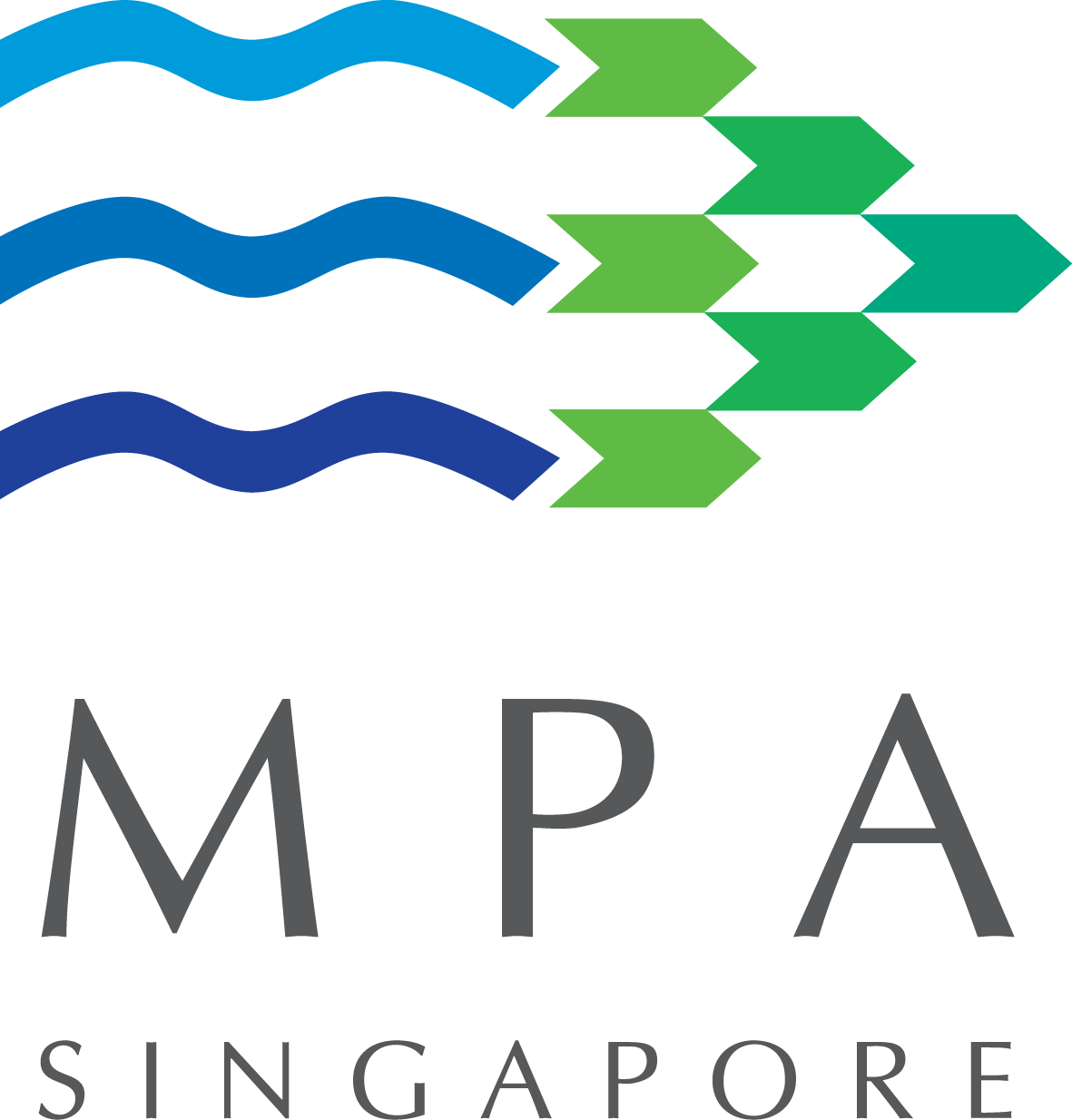A New Chapter
Tuas Port was officially opened on 1 September 2022. At its targeted completion in the 2040s, Tuas Port will have a handling capacity of 65 million twenty-foot equivalent units (TEUs), almost double the volume of 37.5mil TEUs handled in 2021. For comparison, Pasir Panjang Terminal has 37 berths with a handling capacity of 34 million TEUs annually.
Tuas Port will occupy about 1,337ha of land (approximately 3,300 football fields) when completed. There will be 66 berths spanning 26km capable of handling the largest container ships.
Tuas Port, together with Singapore’s International Maritime Centre, will form a strong value proposition and ensure Maritime Singapore remains trusted, resilient, and ready for the future.
Reclamation works
Development of Tuas Port is held over four phases. The Maritime and Port Authority of Singapore (MPA) commenced reclamation works for Tuas Port Phase 1 in February 2015 and completed it in November 2021. The reclamation works involved a total of 34 million man-hours, with the support of over 450 companies, on:
- Soil improvement works for 414 hectares of land, including 294 hectares measuring 412 football fields of newly reclaimed land;
- Fabrication and installation of 221 10-storey tall caissons (structures used to line the walls of the quay) each weighing 15,000 tons to form 8.6km of seawall; and
- Deepening of seabeds to cater for larger ships of the future.
Tuas Port Phase 2’s reclamation works commenced in March 2018. MPA had completed all caisson fabrications in April 2022.
227 10-storey tall caissons had been used to form 9.1km of seawall for Phase 2.
MPA has also commenced the planning for Tuas Port Phase 3.
Port operations
Port operations at Tuas Port Phase 1 will have 21 deep-water berths that can handle 20 million TEUs annually when fully operationalised in 2027.
The first two berths in Tuas Port Phase 1 started operations in December 2021 on schedule, and three more berths will start operations by December 2022.
Our container port operator, PSA, is expecting to move over all their operations at Tanjong Pagar, Keppel, and Brani Terminals to Tuas Port by 2027. Operations at Pasir Panjang Terminal will be consolidated at Tuas Port by 2040s.
Port-Industry Ecosystem
Tuas Port will be the nexus of a well-integrated Tuas ecosystem, covering the vibrant business and industrial districts in the Western region, such as the Jurong Lake District, the Jurong Innovation District, and the Tuas Industrial District. By co-locating complementary sectors that have high levels of interactions with the port, related industries can tap on Tuas Port’s global connectivity with greater ease and convenience, unlocking supply chain synergies and generating more efficient trade flows.
Paving the way in Digitalisation and Sustainability
Tuas Port will be an automated, intelligent, and sustainable port.
Deploying AI and Automation in Port Operations
MPA is working with port operators to drive the adoption of digital technologies at the Port of Singapore. For example, MPA is developing the Next Generation Vessel Traffic Management System to provide accurate, real-time situational awareness of the shipping traffic, and the digitalPORT@SGTM, to enhance efficiency of port operations and reduce the turnaround time of ships.
Within Tuas Port, versatile and manoeuvrable electrified automated yard cranes, and automated guided vehicles (AGVs) will be used for the transport of containers between the yard and the wharf. These port operations will be managed remotely from the Tuas Port Control Centre, freeing up resources while improving port productivity and creating more higher value and good jobs for Singaporeans.
Port operator PSA is working closely with technology partners to co-develop advanced automation and digitalisation solutions across multiple avenues, including cranes and AGVs, with scalable designs for future growth and expansion, as operations in Tuas Port gradually scales up.
PSA will also deploy a private 5G network to support 5G-enabled AGVs and Automated Cranes at Tuas Port and the current Pasir Panjang Terminal. In addition, PSA is exploring the future use of 5G in PSA Smart Grid5 and cargo handling operations.
Reducing Emissions
PSA aims for Tuas Port to achieve net zero emissions by 2050.
Besides electrified equipment and vehicles such as AGVs which reduces carbon emission by about 50% compared to current diesel prime movers, PSA will also use a smart grid management system and construct green buildings. For example, the Tuas Maintenance Base Administrative Building, a Green Mark Platinum Super Low Energy Building certified by the Building and Construction Authority (BCA) and Tuas Port’s first super low-energy building, uses 58% less energy compared to other similar-sized buildings and is a net-zero development as it generates enough solar energy to offset its electricity consumption.
Timeline
2012 | Then-Minister for Transport Mr Lui Tuck Yew announced the long-term plan to consolidate Singapore’s container port activities at Tuas. |
| 28 Feb 2015 | Commencement of reclamation works for Tuas Port Phase 1. |
7 Mar 2018 | Commencement of reclamation works for Tuas Port Phase 2. |
3 Oct 2019 | PM Lee at PSA Bicentennial Event and Groundbreaking Ceremony for Tuas Port. |
30 Nov 2021 | Completion of reclamation works for Tuas Port Phase 1. |
Dec 2021 | PSA commences operations of the first 2 berths in Tuas Port Phase 1. |

.jpg?sfvrsn=edd1fe73_0)